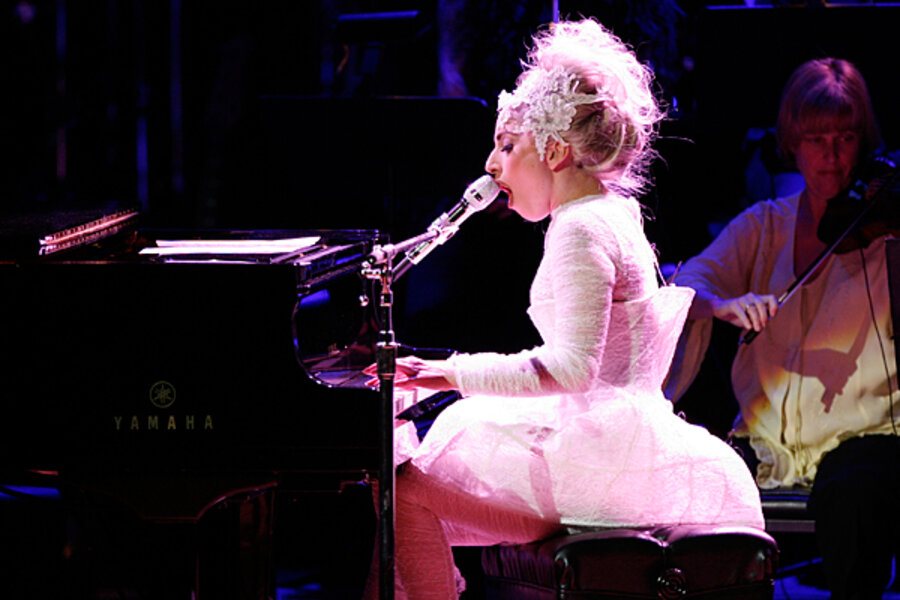Greyson Chance: What is real in an age of media manipulation?
Loading...
| Los Angeles
The Cinderella story of 12-year-old Greyson Chance – going from a sixth-grader in Edmond, Okla., to an Internet sensation with a Hollywood manager in a few short weeks – is a textbook case in the power of the Internet to create flash stars.
Yet the nearly flawless march from choirboy to Hollywood’s next "It Boy" is also a good window into the perplexing problem of the modern digital world: namely media manipulation, say media and marketing experts.
All confirmable accounts seem to indicate the family story is the amateur-dream-come-true that it appears to be. But the narrative also has all the telltale markers of a professionally managed event, experts say.
The audio recording on Greyson’s video was unusually good for a school talent show, “and the speed with which he went from unknown to a guy on ‘Ellen’ talking to Lady Gaga was rather amazing,” writes Michal Ann Strahilevitz, associate professor of marketing at Golden Gate University in an e-mail.
Indeed, London-based media expert Alan Stevens ticks off all the ways the tale fits a carefully managed “populist” rise to stardom:
- Professional video techniques such as cutaways and edit.
- A lack of complaints about copyright infringement from big names whose work is being copied.
- Associated Facebook pages and Twitter feeds that appear suddenly.
- Swift access to top news and other media outlets and immediate availability of talent to travel and be interviewed.
One day, young Greyson is in math class; the next on a Hollywood soundstage and being linked to Madonna's manager.
Fake viral campaigns have become a ploy of the modern age, says writer and television producer Christopher Moloney. “We're at the point where there's more 'fake' stuff than real stuff out there. It's a shame because those of us who are working in TV – and getting this stuff sent to us every second of the day – can spot the 'fake' stuff pretty quickly,” he writes in an e-mail.
For example, he says, if a camera shows a guy chopping down a tree, then it “pans over to the guy's truck, and then back to the tree, you know he planned to drop a tree on his vehicle all along.”
While the provenance of the latest child-star may not shake the halls of Congress, anything that erodes an atmosphere of confidence hurts the entire community, says Len Shyles, an associate professor of communication at Villanova University, in an e-mail. “It is dishonest because it leads people to believe it is something it is not,” says Professor Shyles. “It is designed to manipulate public opinion."
While questions about truth-in-advertising date at least to the Roman days of caveat emptor, challenges in sniffing out the real from the faux are exacerbated in the digital age of anonymous communication, points out Tom Eppes, who heads the board of ethics for the Public Relations Society of America (PRSA).
“The underpinnings of the Internet and – really – democracy, are trust and honesty,” he says.
Related:





